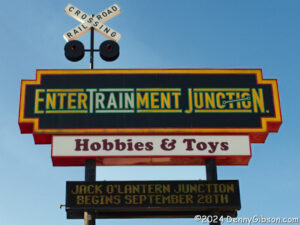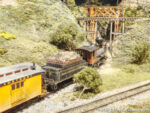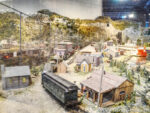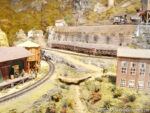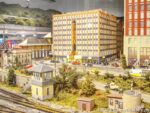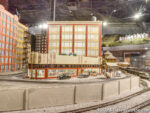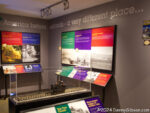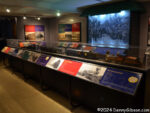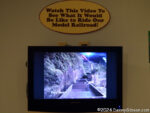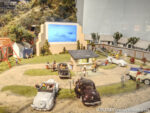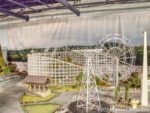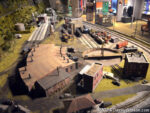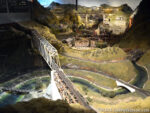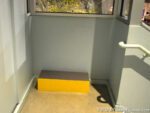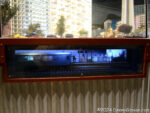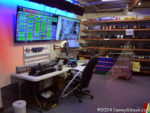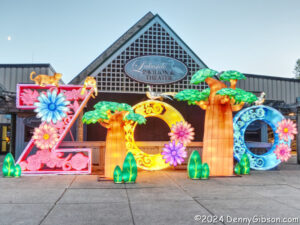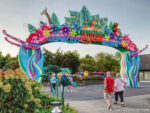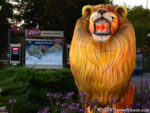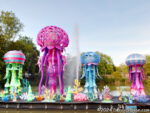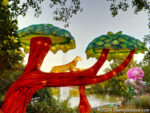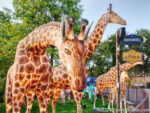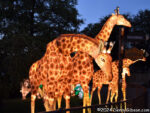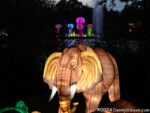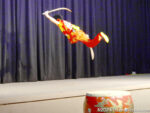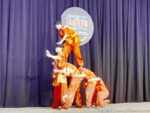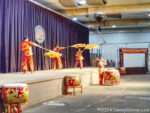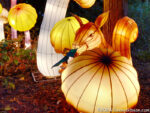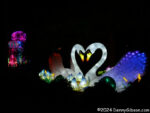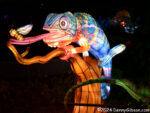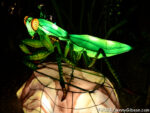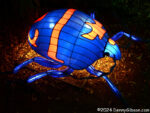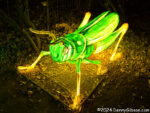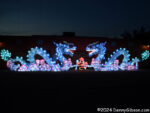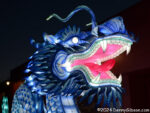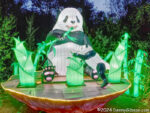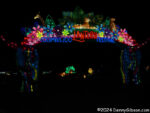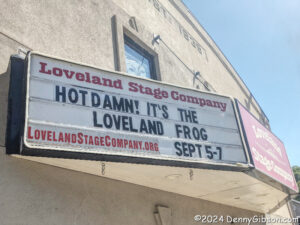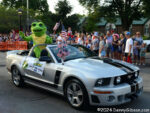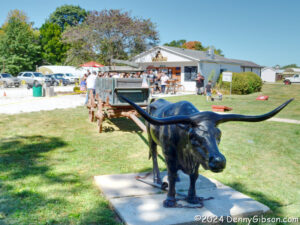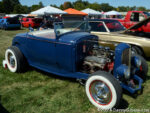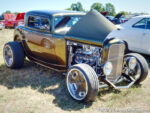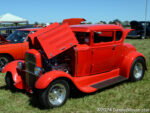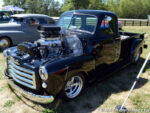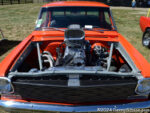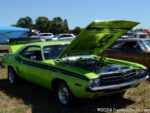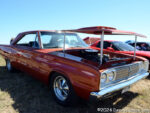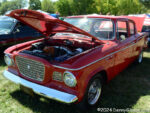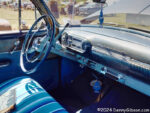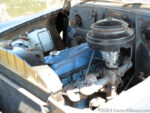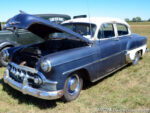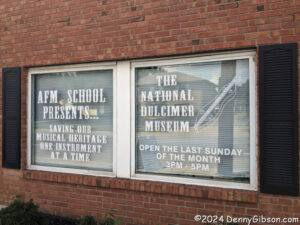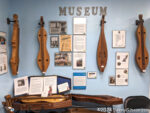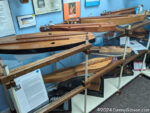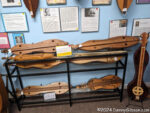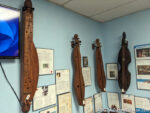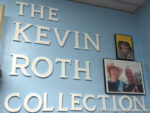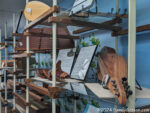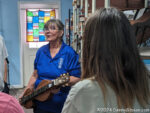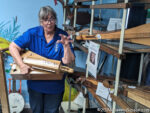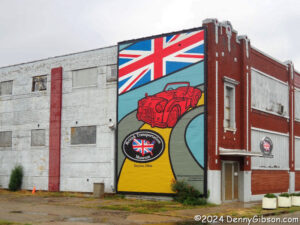 I am about to start a string of canned posts during some travel and wanted to put that off a little by making one more “current” post. Remnants of Hurricane Helene have caused many outdoor activities to be canceled or at least made them uninviting. Visiting a new-to-me museum in Dayton was just the sort of indoor activity I was looking for. The British Transportation Museum was founded in 1998 but I first learned of it less than a year ago. Apparently, it was an “appointment only” operation until fairly recently when regular hours, 10:00 to 4:00, were established for Saturdays and Mondays.
I am about to start a string of canned posts during some travel and wanted to put that off a little by making one more “current” post. Remnants of Hurricane Helene have caused many outdoor activities to be canceled or at least made them uninviting. Visiting a new-to-me museum in Dayton was just the sort of indoor activity I was looking for. The British Transportation Museum was founded in 1998 but I first learned of it less than a year ago. Apparently, it was an “appointment only” operation until fairly recently when regular hours, 10:00 to 4:00, were established for Saturdays and Mondays.
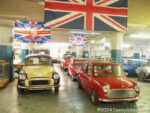 The museum is home to sixty-some British cars, a number of bicycles, and a couple of motorcycles and boats. It is an all-volunteer operation, and a round-table discussion was in progress among several of those volunteers when I entered. A fellow named Dave broke away from the group, gave me a brief overview of the museum, then provided a personal guided tour of the whole place.
The museum is home to sixty-some British cars, a number of bicycles, and a couple of motorcycles and boats. It is an all-volunteer operation, and a round-table discussion was in progress among several of those volunteers when I entered. A fellow named Dave broke away from the group, gave me a brief overview of the museum, then provided a personal guided tour of the whole place.
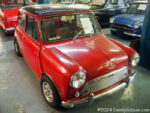
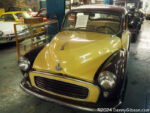 We started with some small “family” cars that were the heart of the British car industry for many years. The yellow car is a 1961 Morris Minor Sedan. The red one is a 1964 Mini Cooper. About 1.6 million Minors were built between 1948 and 1970. Nearly 5.5 million Minis were built between 1959 and 2000.
We started with some small “family” cars that were the heart of the British car industry for many years. The yellow car is a 1961 Morris Minor Sedan. The red one is a 1964 Mini Cooper. About 1.6 million Minors were built between 1948 and 1970. Nearly 5.5 million Minis were built between 1959 and 2000.
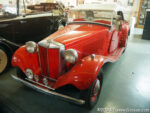
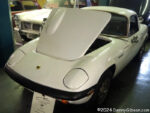
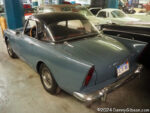 I have included the red 1951 MG-TD out of sequence relative to the tour. It and its MG-TC predecessor introduced the sports car concept to the United States. The Lotus Elan was a major influence on the design of the Mazda Miata. A 1972 model is shown here. The Sunbeam Alpine has been repainted to match the one James Bond drove in Doctor No.
I have included the red 1951 MG-TD out of sequence relative to the tour. It and its MG-TC predecessor introduced the sports car concept to the United States. The Lotus Elan was a major influence on the design of the Mazda Miata. A 1972 model is shown here. The Sunbeam Alpine has been repainted to match the one James Bond drove in Doctor No.
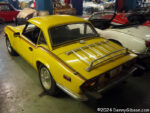
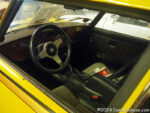
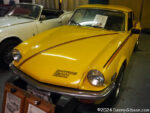 This 1979 Triumph Spitfire has just a few thousand miles on the odometer. It was won as a prize in Las Vegas and spent most of its life in a garage.
This 1979 Triumph Spitfire has just a few thousand miles on the odometer. It was won as a prize in Las Vegas and spent most of its life in a garage.
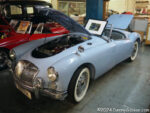
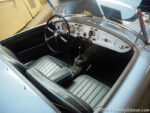 Following a visit to the museum, members of the British Embassy enquired about supplying cars for an event in Washington, DC. The museum was unable to meet the request but this beautiful 1959 MG-A did make an appearance. The photo propped against the windshield shows dignitaries admiring the car at the ambassador’s home.
Following a visit to the museum, members of the British Embassy enquired about supplying cars for an event in Washington, DC. The museum was unable to meet the request but this beautiful 1959 MG-A did make an appearance. The photo propped against the windshield shows dignitaries admiring the car at the ambassador’s home.
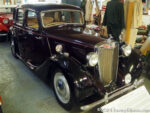
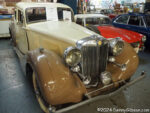 Of course, not all British autos were two-seat sports cars or tiny sedans. Several Rolls Royce limousines and big Jaguar saloons are on display and not even all MGs were as small as we Americans tend to think. I believe Dave said the light-colored 1939 MG WA was the largest MG ever built. The darker-colored 1950 MG YA isn’t much smaller.
Of course, not all British autos were two-seat sports cars or tiny sedans. Several Rolls Royce limousines and big Jaguar saloons are on display and not even all MGs were as small as we Americans tend to think. I believe Dave said the light-colored 1939 MG WA was the largest MG ever built. The darker-colored 1950 MG YA isn’t much smaller.
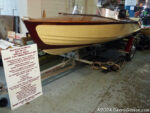 As mentioned, the museum’s collection includes bicycles, motorcycles, and boats. At present, there are no experts on any of these vehicles involved so no organized displays exist excepting this boat. Donald Healey was quite the collaborator in building cars. Think Austin-Healey, Nash-Healey, and Jensen-Healey. At one point he made boats and collaborated there as well. This time it was with Stirling Moss. That sign is readable here.
As mentioned, the museum’s collection includes bicycles, motorcycles, and boats. At present, there are no experts on any of these vehicles involved so no organized displays exist excepting this boat. Donald Healey was quite the collaborator in building cars. Think Austin-Healey, Nash-Healey, and Jensen-Healey. At one point he made boats and collaborated there as well. This time it was with Stirling Moss. That sign is readable here.
There are many more cars on display than I’ve shown here and Dave supplied much more information than I’ve relayed (or remembered). This place is definitely worth a visit.


